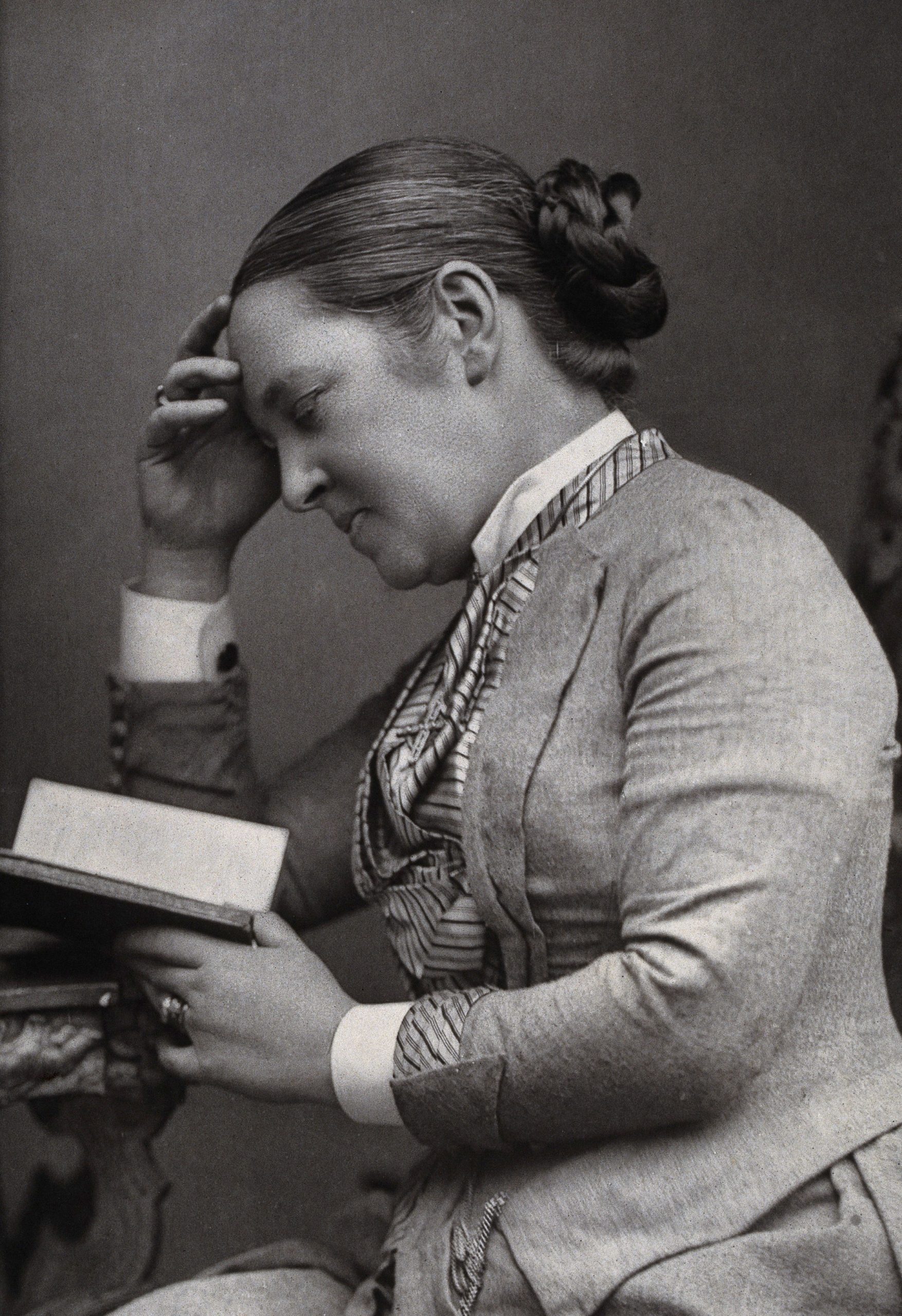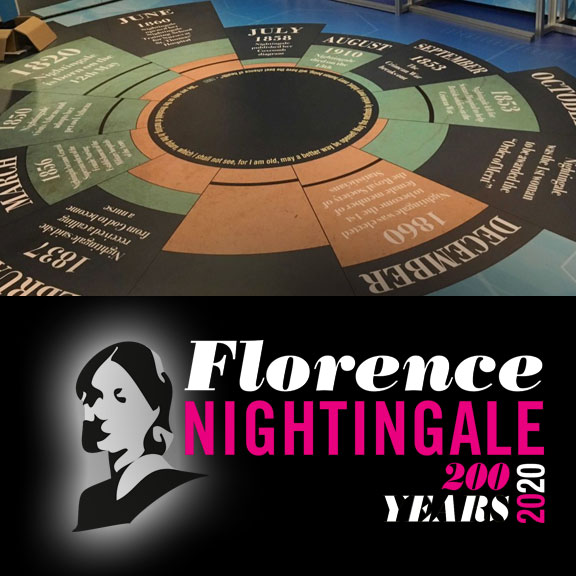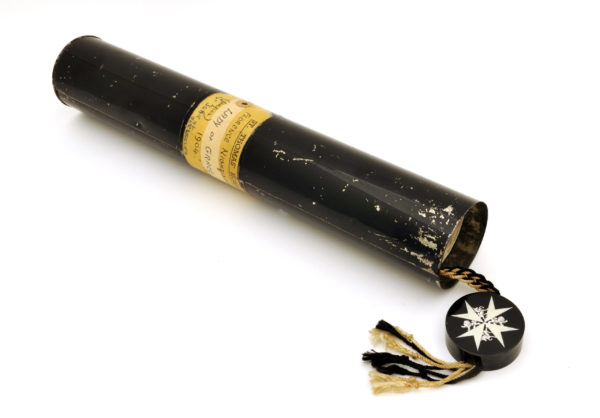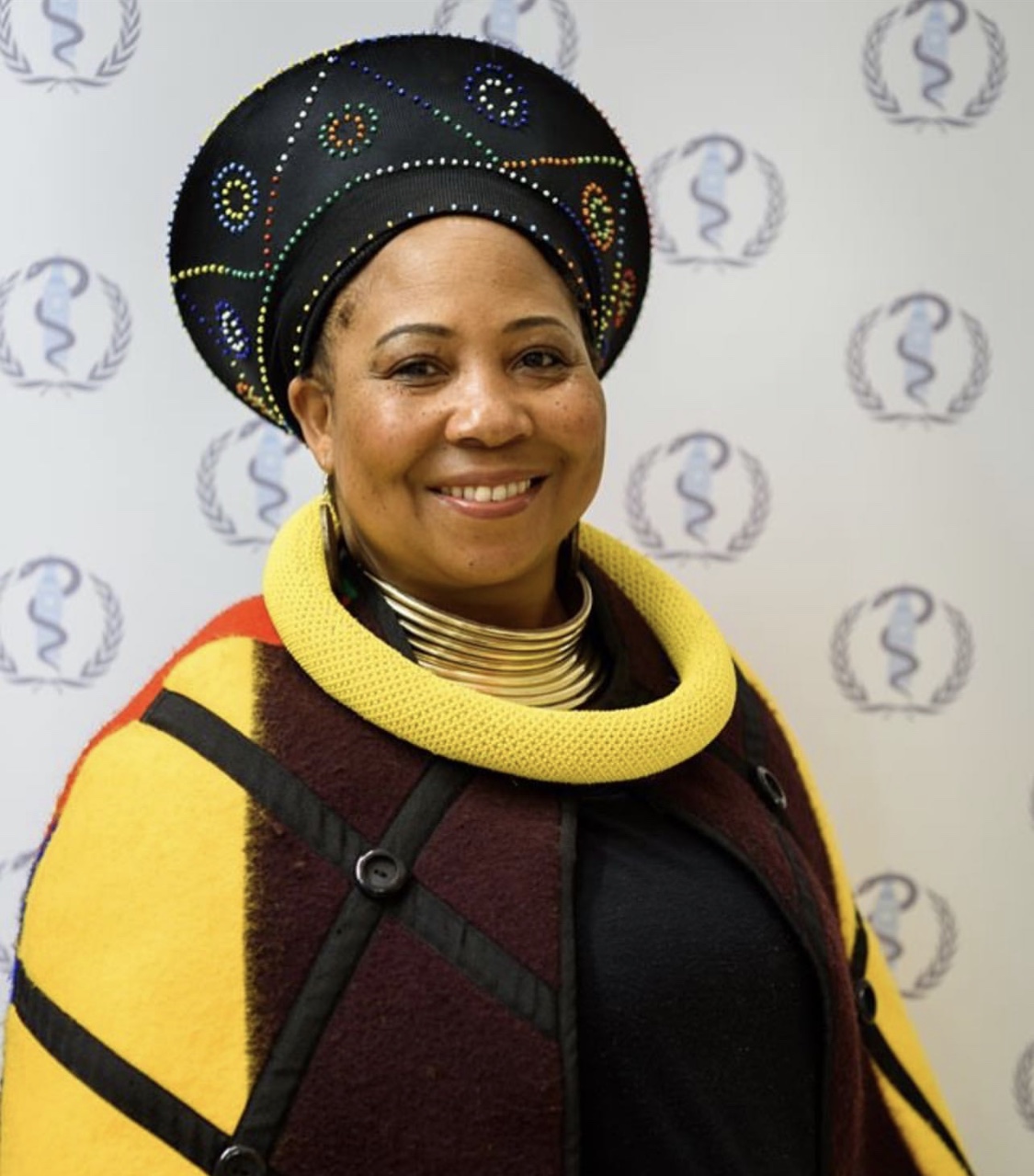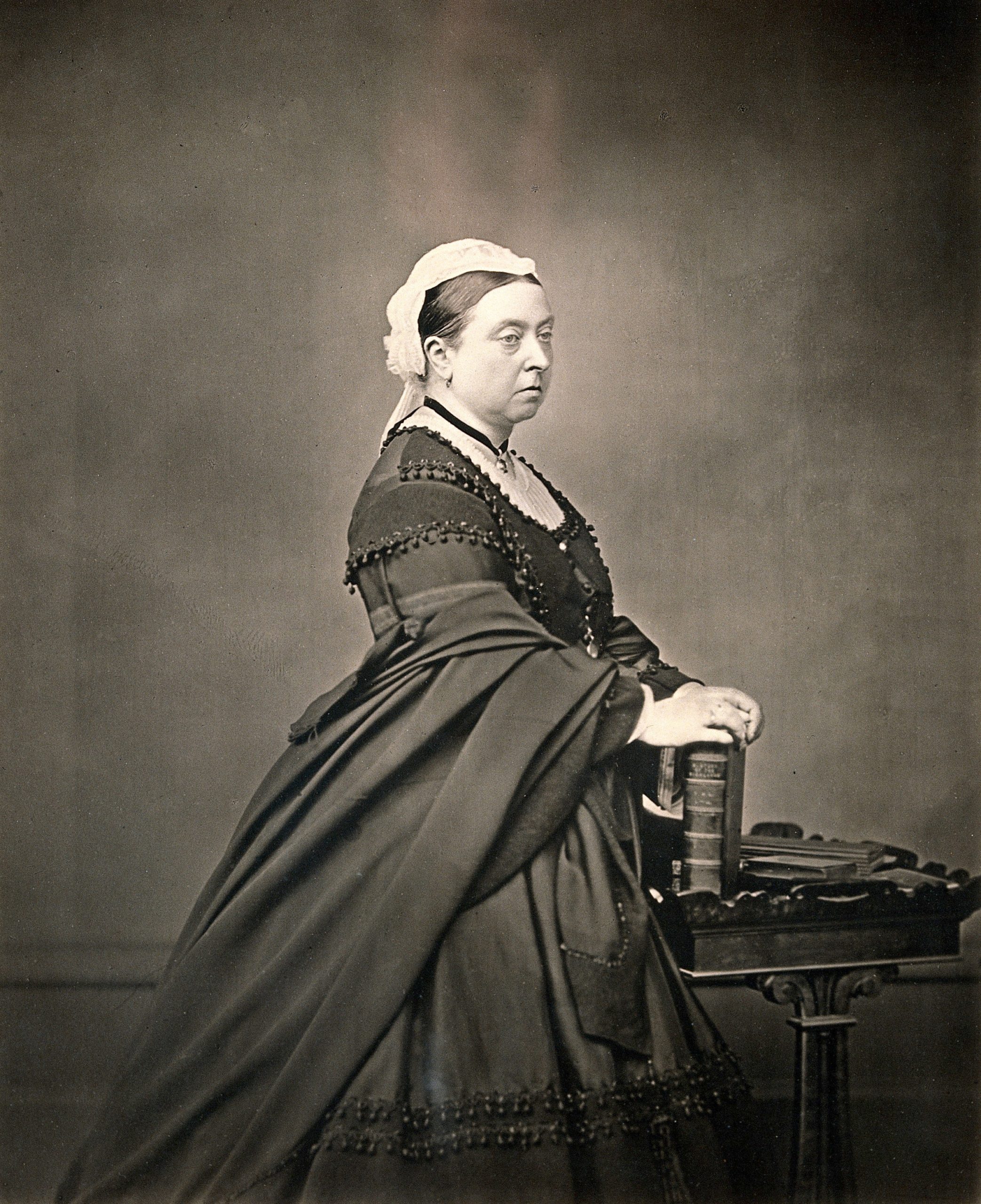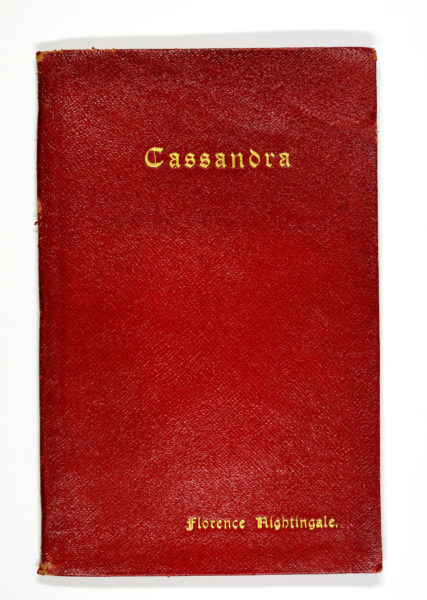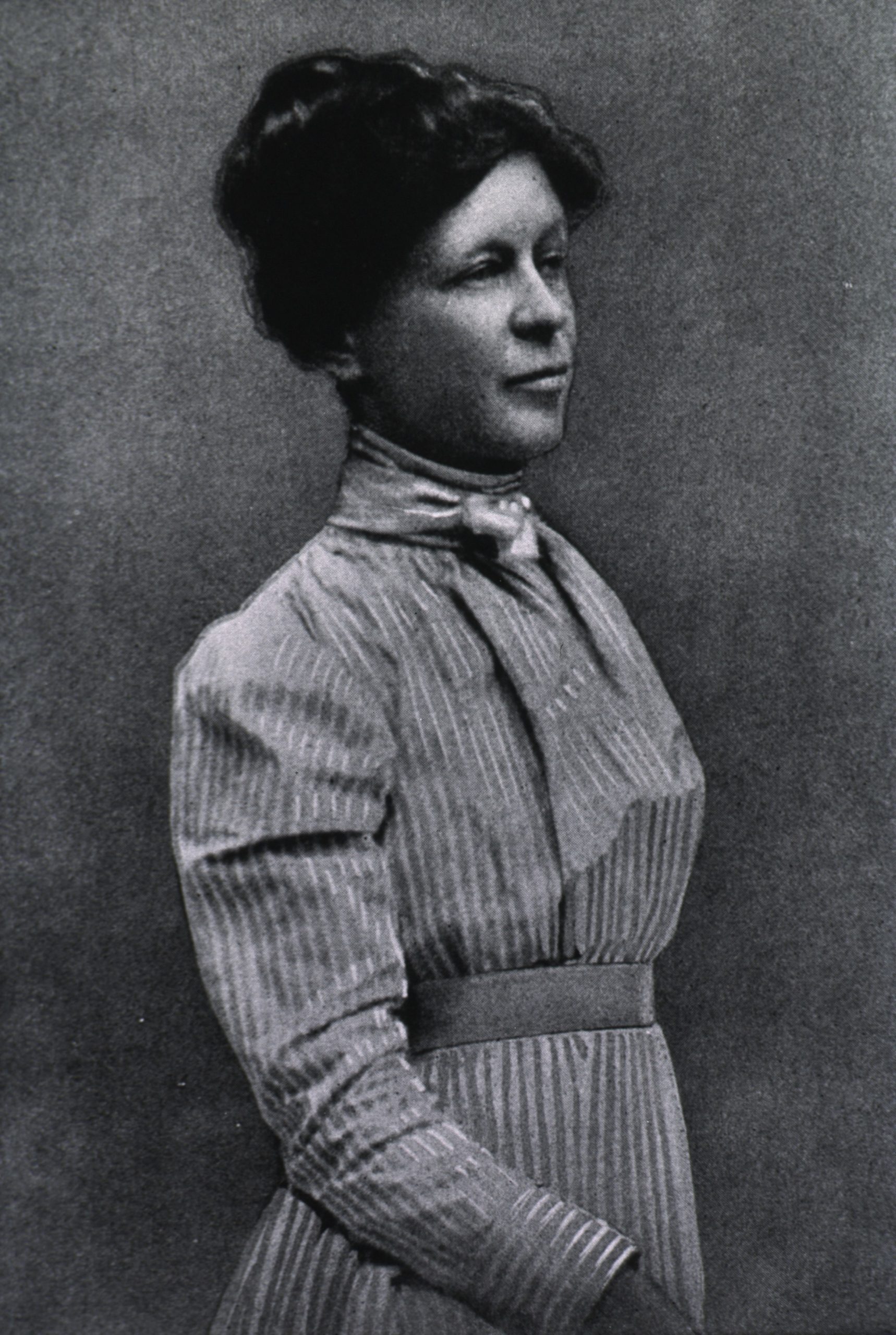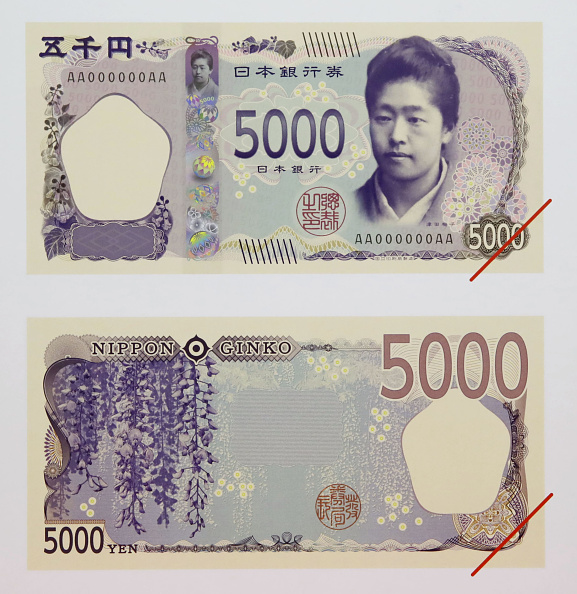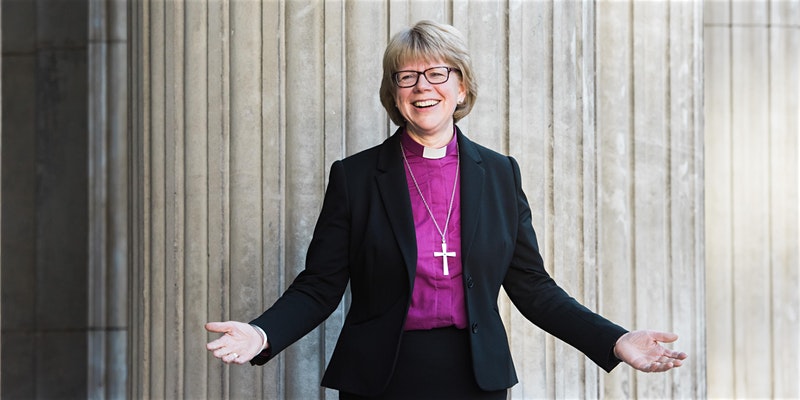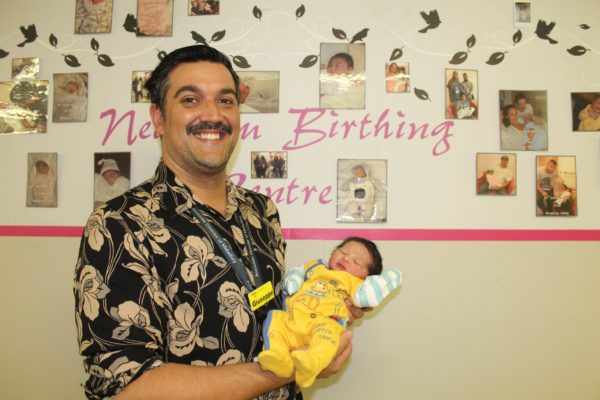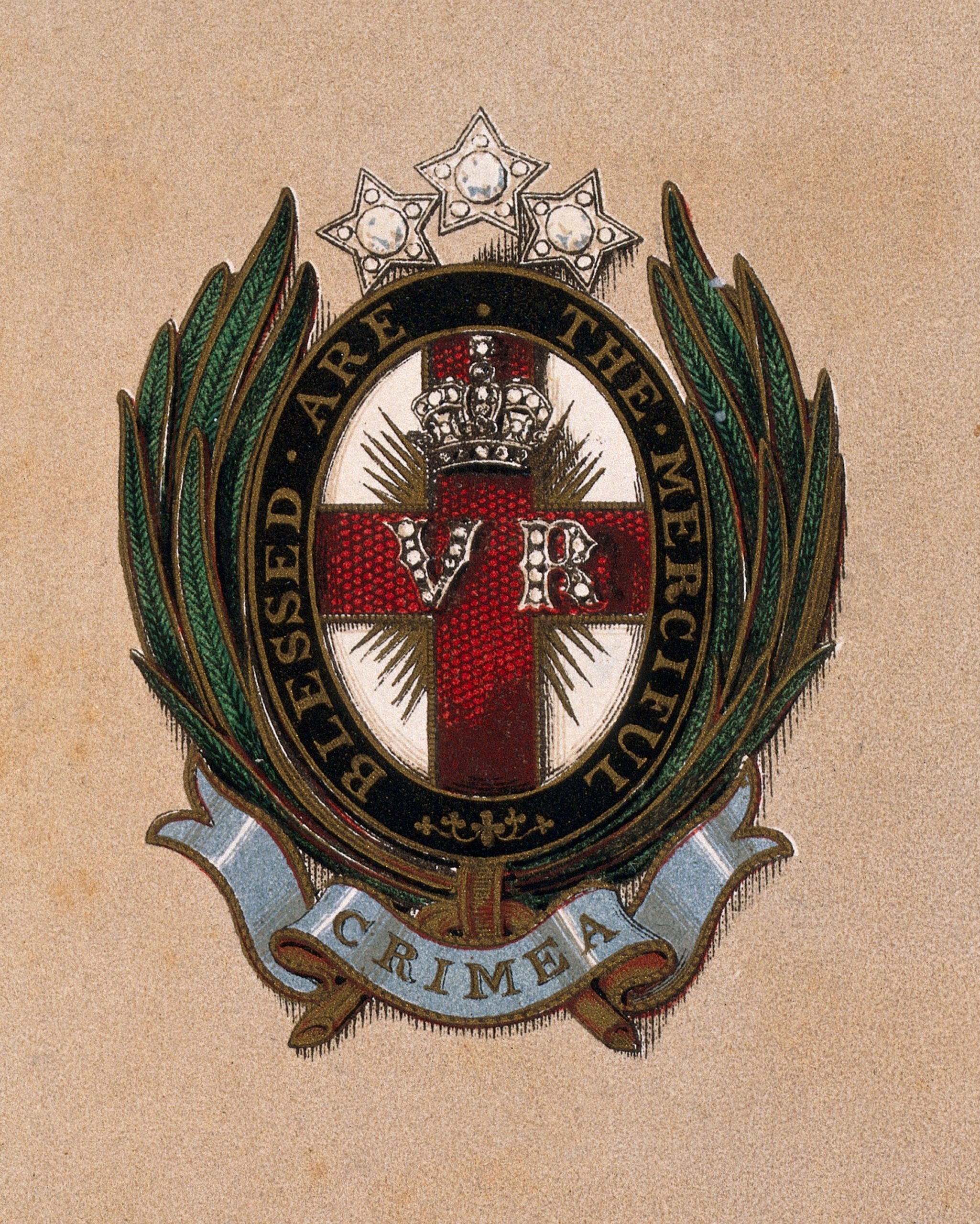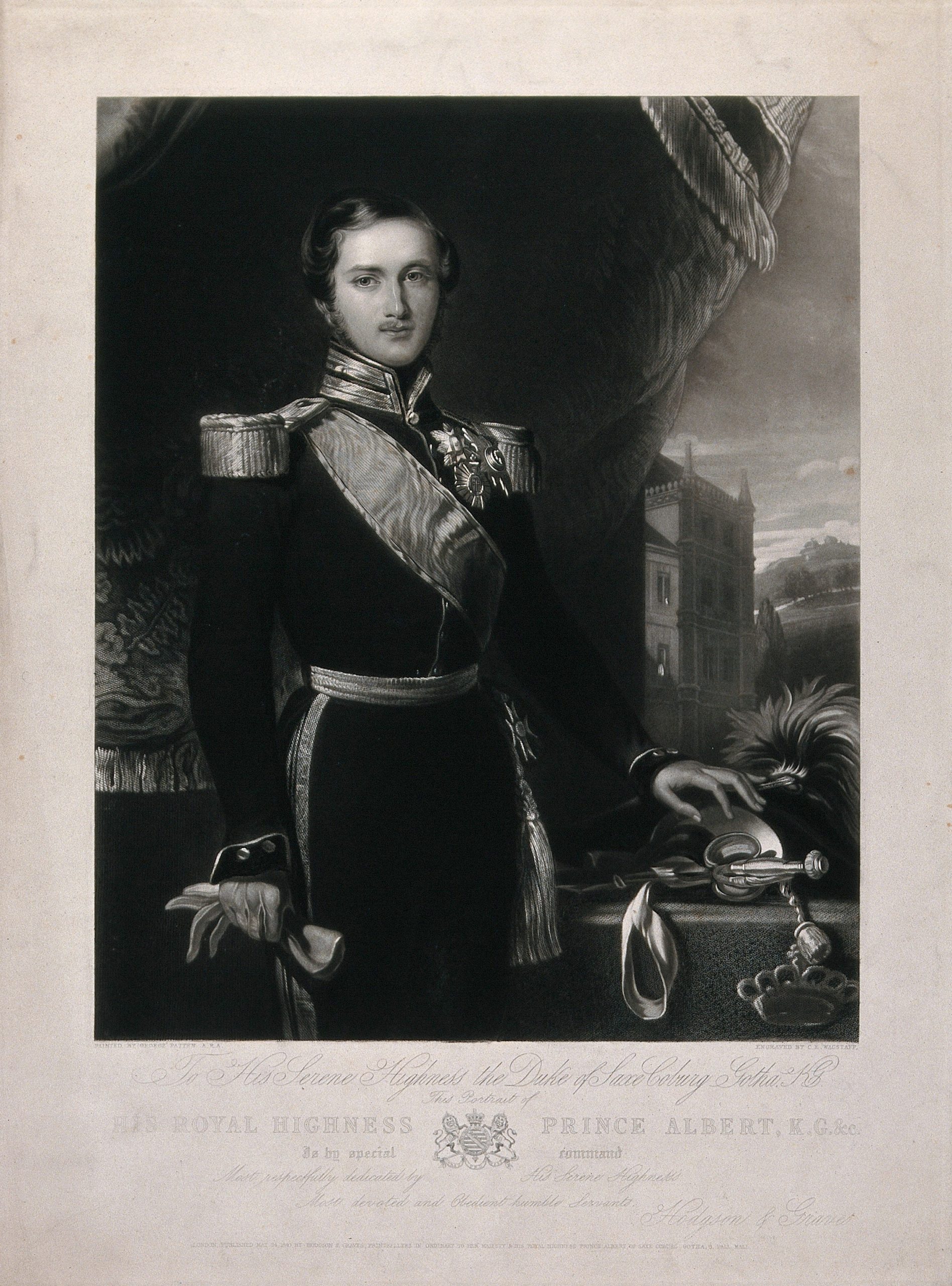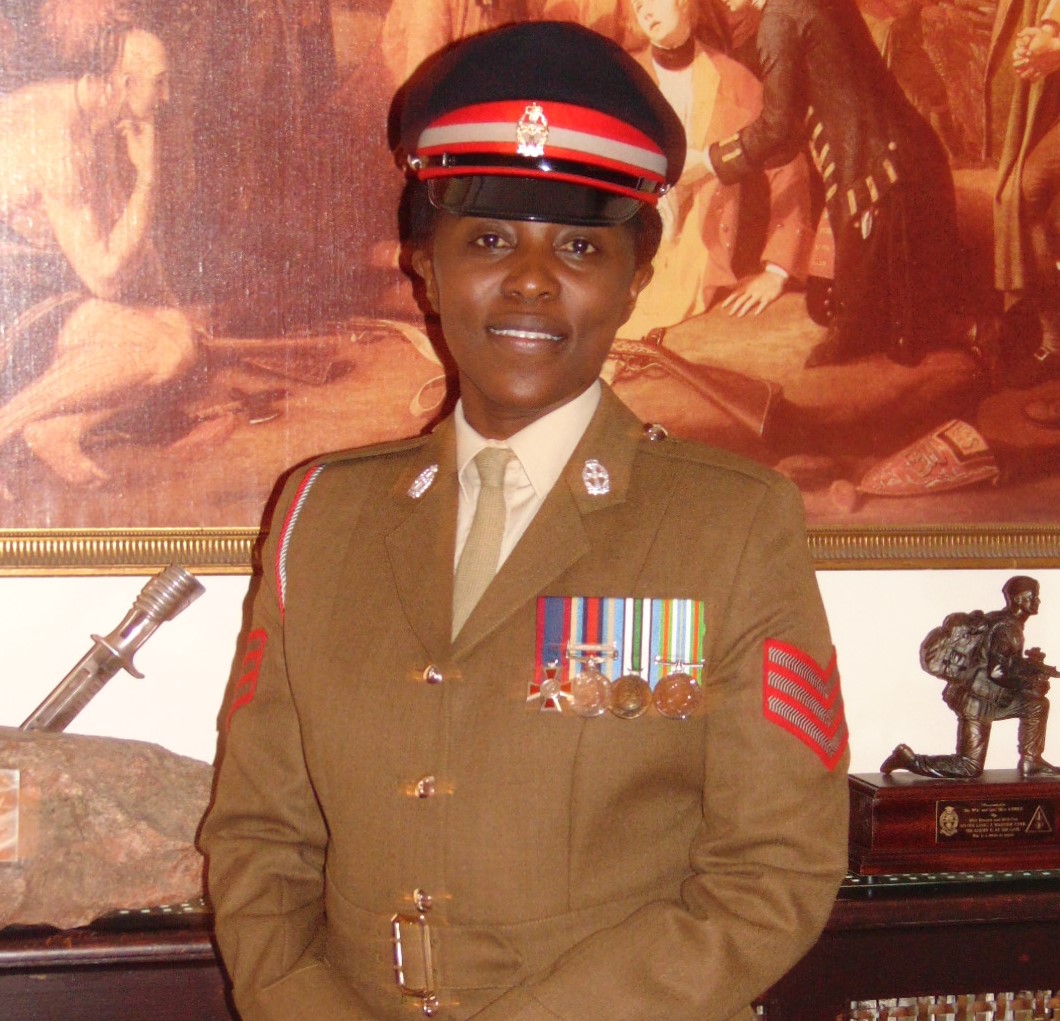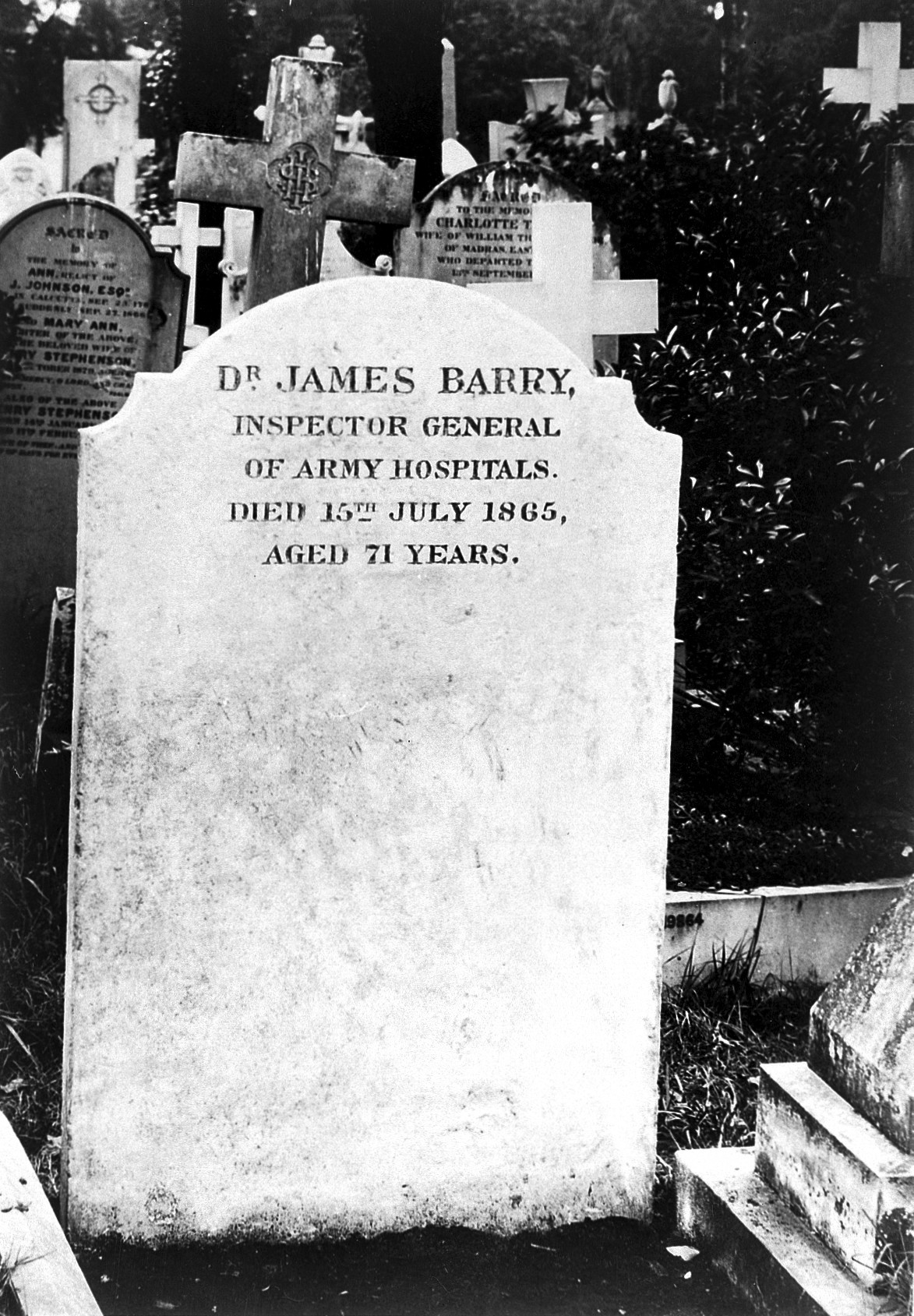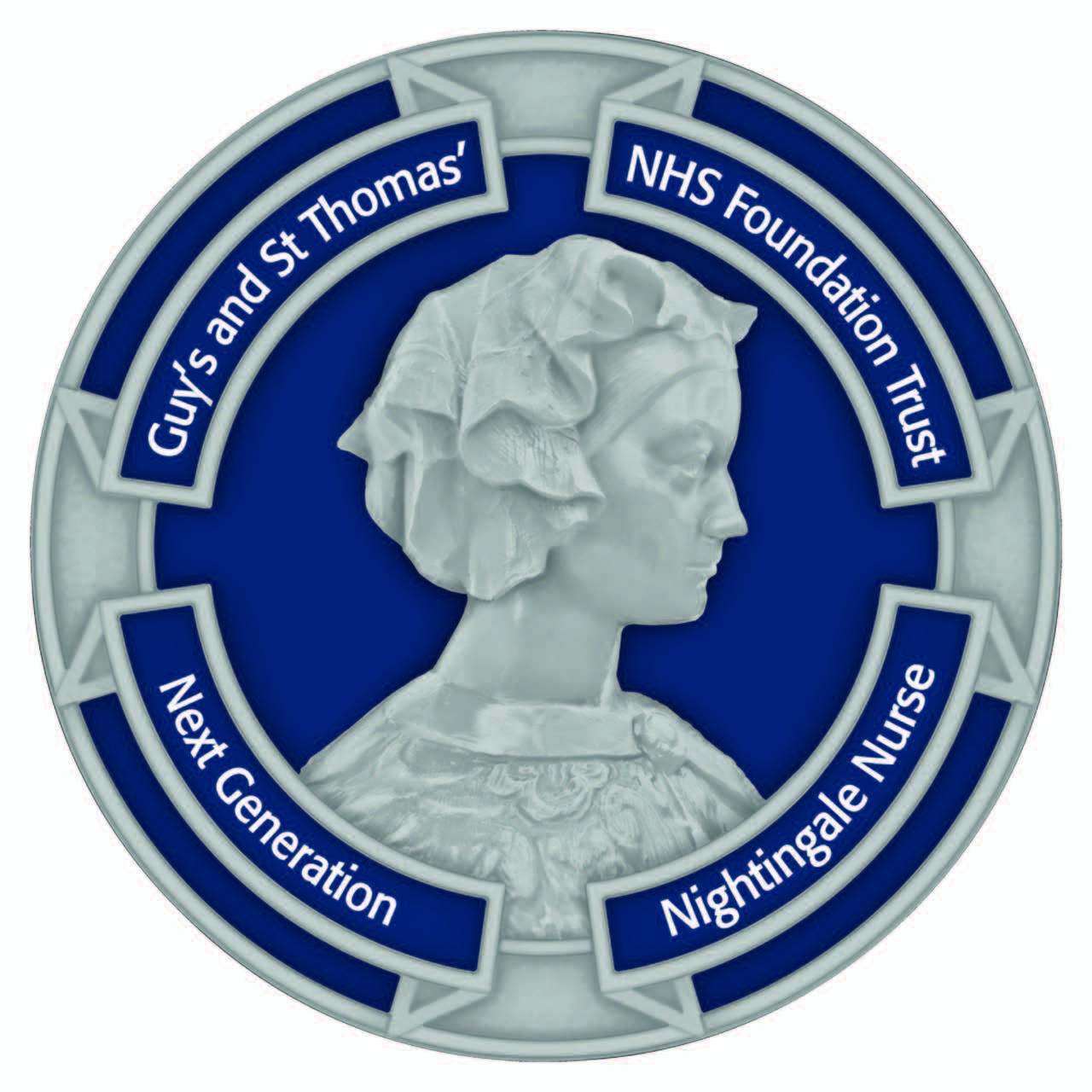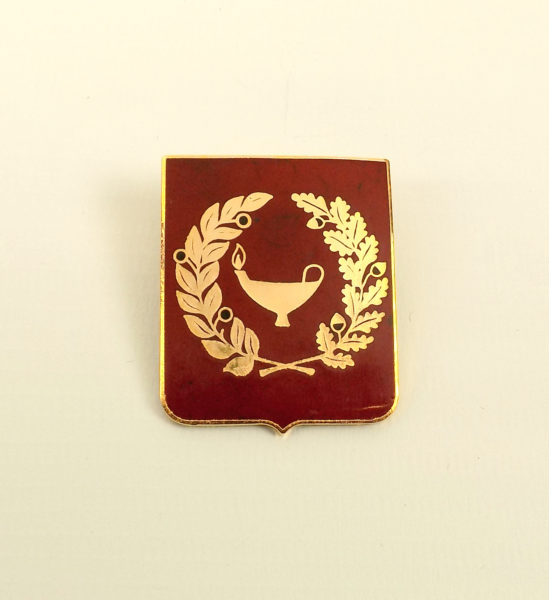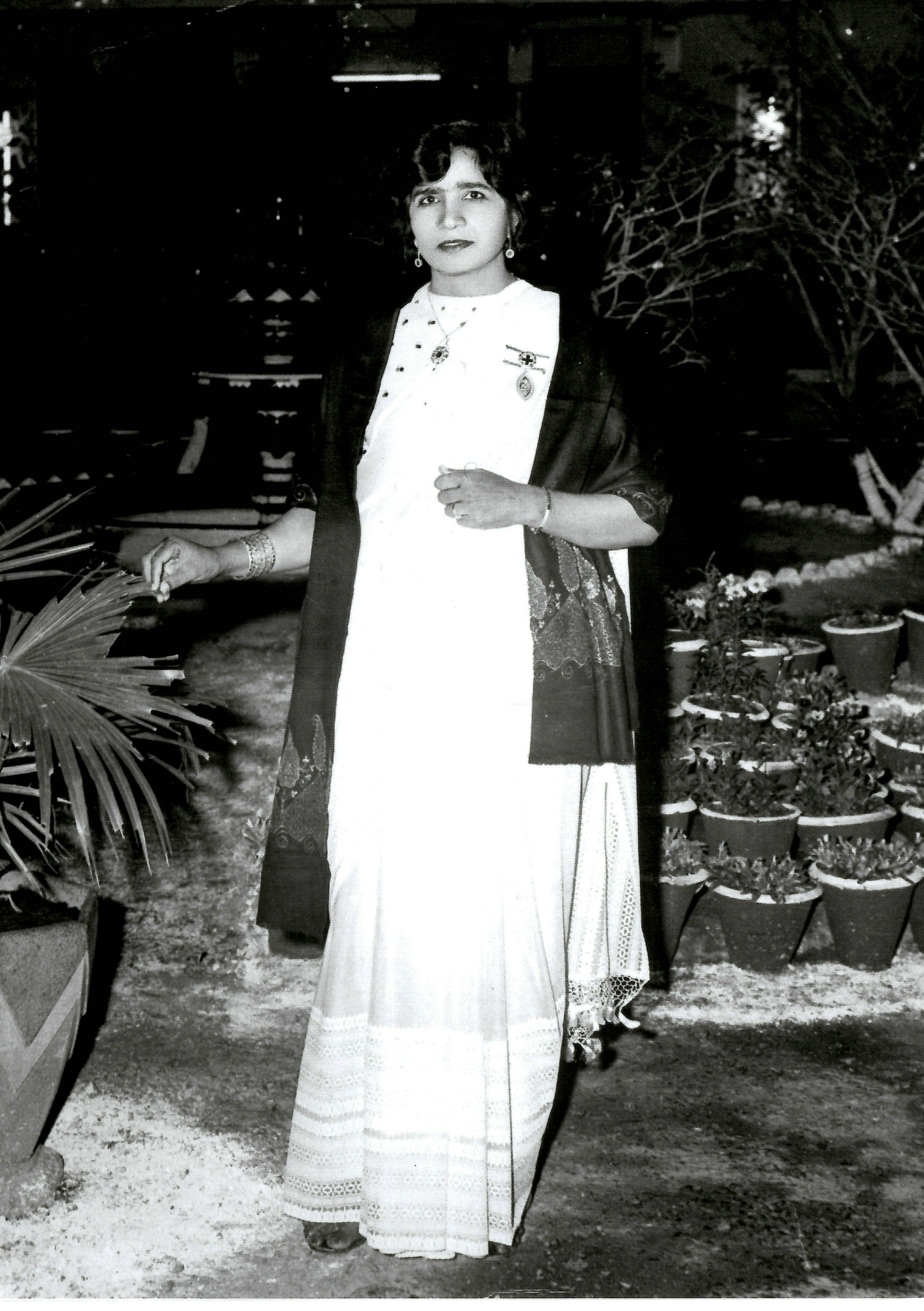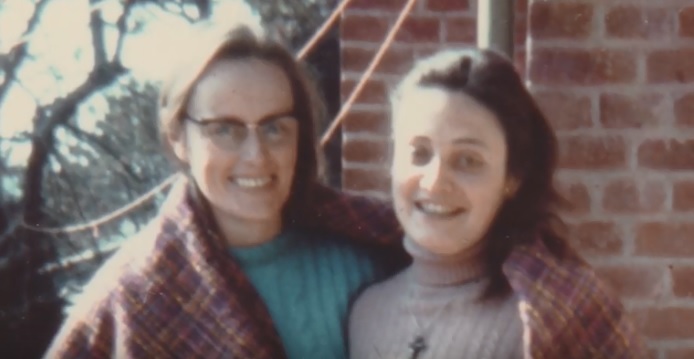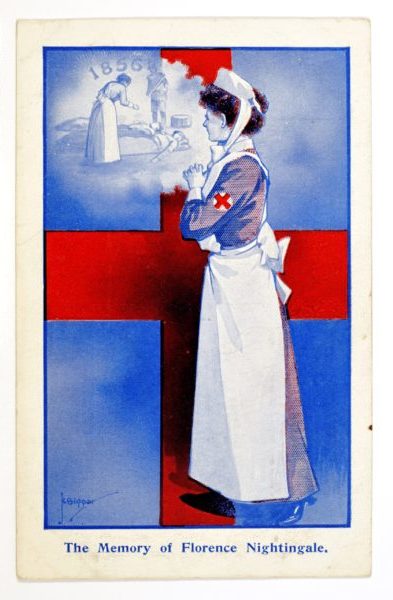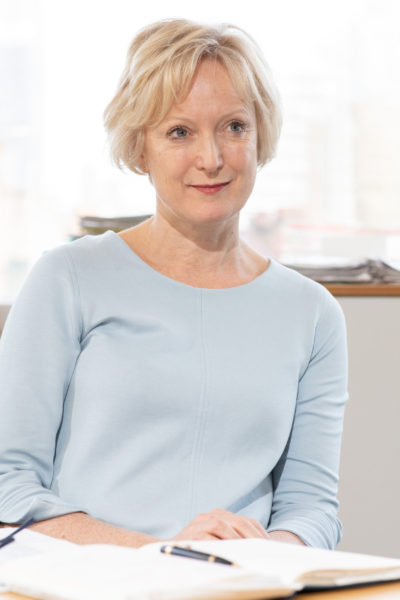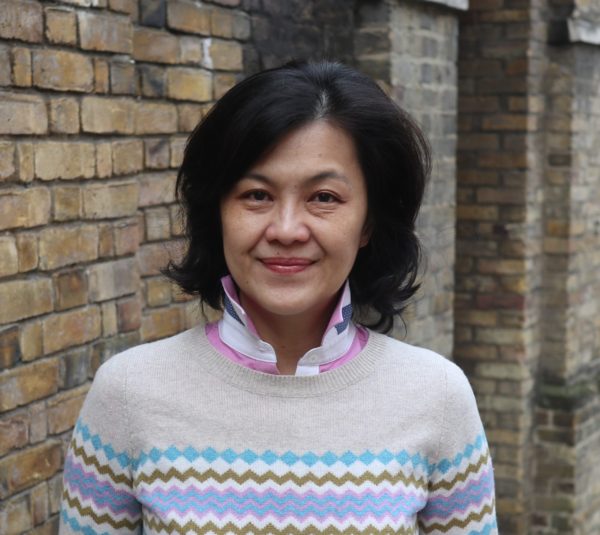Leadership and Empowerment
Dr Elizabeth Garret Anderson, 1836-1917
Display No. 81
Dr Elizabeth Garrett Anderson was an English physician and suffragist. In nineteenth century Britain, her attempts to study at medical school were denied. She enrolled as a nursing student and attended classes intended for male doctors. She remained determined to obtain a medical degree, so she taught herself French and went to the University of Paris, where she earned her degree.
She was the first British woman to qualify as a physician and surgeon. However, the British Medical Register refused to recognise her qualification. In 1872, Dr Anderson founded the New Hospital for Women in London, staffed entirely by women. Dr Anderson paved the way for other women, and in 1876 an act was passed permitting women to enter the medical professions. In 1908, she became the mayor of Aldeburgh, the first female mayor in England.
Exhibits from ‘Florence The Leader’
Discover the 200 Exhibits
Nightingale is respected worldwide for her pioneering role in developing the nursing profession, her statistical work, and her evidence-based approach to healthcare. In honour of her bicentenary the World Health Organisation have named 2020 the Year of the Nurse and Midwife.
In our special exhibition, you will find out about objects, people and places which tell interesting stories about Florence’s life and legacy. You’ll discover artefacts from her life, people she both inspired and challenged, and places she helped to shape. There’s many more insights too!
Please click on the different sections of her famous coxcomb diagram to explore various aspects of her life and legacy. We hope you enjoy exploring!

